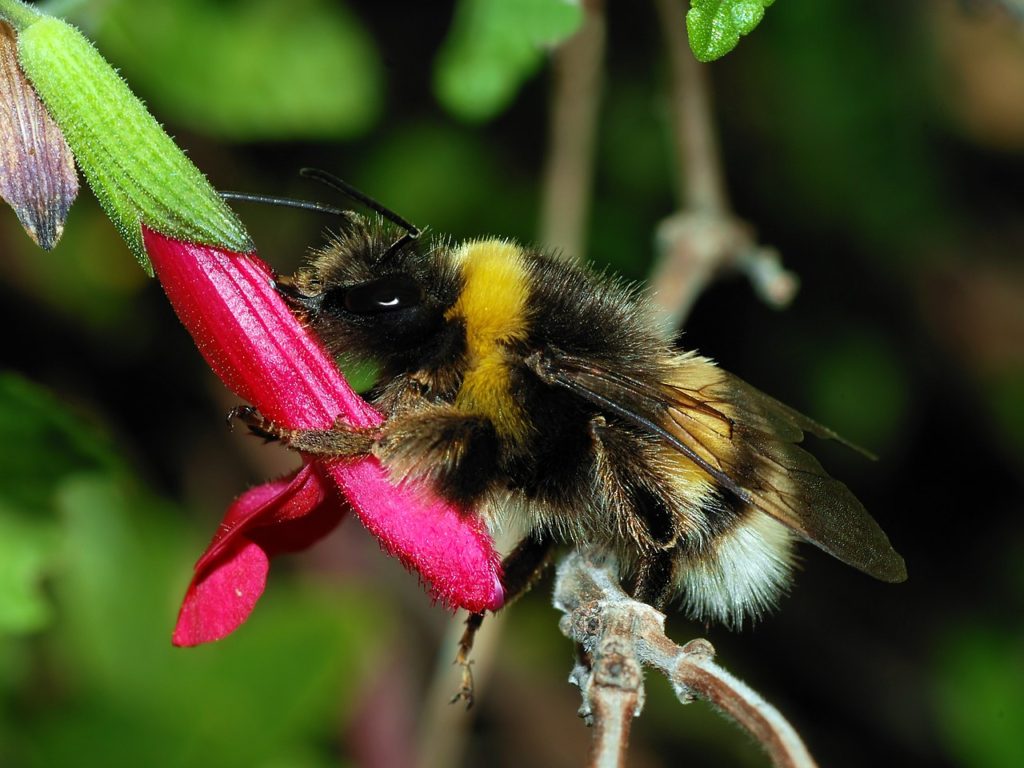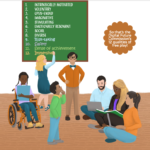
“British children are becoming so disconnected from nature that many struggle to identify wildlife and plants.”
That’s the headline of an article I came across this past week. In a recent UK survey of 1,000 adults and 1,000 children between the ages of five and 16, 83% of the children could not identify a bumblebee. 23% could not identify a robin. Four out of ten kids could not recognize a dandelion. And half of the kids didn’t know what a nettle is…if you’ve ever had an encounter in the wild with “stinging” nettle, you know it pays off to be able to identify this plant.
When I was just beginning to create this blog and launch Mindful Digital Life, I gave a lot of thought to my “tag line”—that short phrase that communicates the essence of what I’m aiming for in my practice. I chose Grounded in Nature & Connection because I sincerely believe that nature and connection are foundational in creating a mindful digital life. I believed it when I started Mindful Digital Life, and I believe it even more today. When we ground ourselves and our families in nature and connection, we’re getting our priorities right. And we can a little more easily bring forward a mindful digital life.
If your children are young, make it a practice to explore regularly, close to home. Richard Louv, founder of the Children & Nature Network, talks a lot about beginning with your backyard, or your neighborhood. Wherever you are, you’ll find birds and bugs, trees and the hardy dandelion. I’m pointing you to the archives today for a piece I wrote in February, 2018 titled “Mindful tech hack: Make Nature your default browser.” If you read to the end, you’ll find several suggestions for making nature your default.
If you’re living with tweens and teens, here is a collaborative study that would make a great topic for your weekly family “co-creative conversation.” Researchers from North Carolina State’s Department of Applied Biology and the North Carolina Museum of Natural Sciences surveyed 2,759 children in grades 4 to 8 across North Carolina about animals they liked and animals they feared. The researchers were surprised by the results and I think you and your kids will be too. You can read the overview here, but don’t stop there—it doesn’t give you the key insights. I encourage you to read the whole article, available here. It’s important information and it’s not that long. Reading and discussing this together could help you to clarify your own attitudes and values about local wildlife and consider how you can deepen your connections with your local ecosystem (I give examples of organizations helping connect people to local nature in the Mindful tech hack piece linked above). The Great Backyard Bird Count is coming in February. Get ready to participate this year.
Oh, and I did like the movie Bumblebee.

What I’m reading: An MIT team studied the effects of mindfulness for middle school students. Working with 100 sixth-graders in two charter schools in Boston, they found that “…more mindfulness correlates with better academic performance, fewer suspensions from school, and less stress…[and] showed, for the first time, that mindfulness training can alter brain activity in students. Sixth-graders who received mindfulness training not only reported feeling less stressed, but their brain scans revealed reduced activation of the amygdala, a brain region that processes fear and other emotions…”
What I’m learning: Bugs 101. Remember MOOCs? Massive Open Online Courses if you missed that chapter. They were massively overhyped when they first arrived. And they’re still around. Thanks to the August 23 issue of The Scout Report, I noticed a free MOOC—Bugs 101— offered by The University of Alberta, “an entymological powerhouse” as the Bug 101 lead expert Dr. Maya Evenden calls U of Alberta in the first video lecture. You’ll meet some of the top bug geeks (I mean experts) in the world in this 14-module course.


